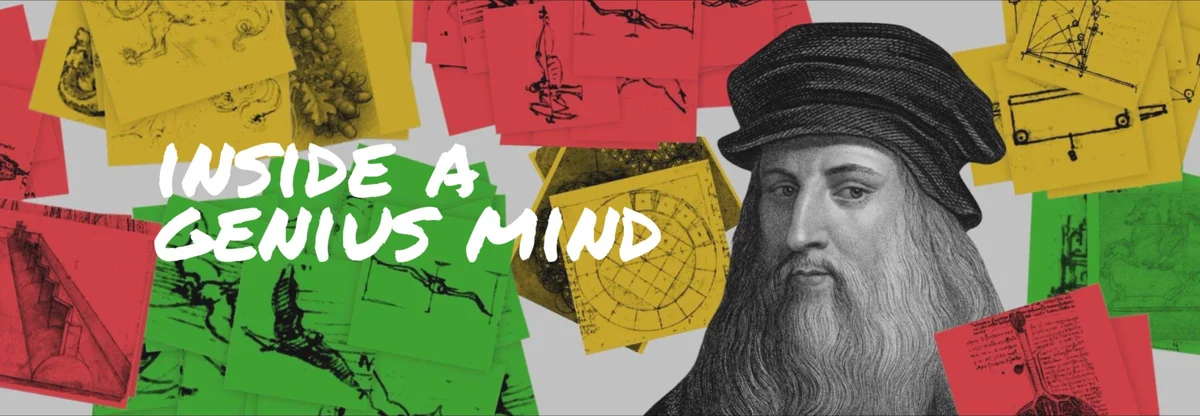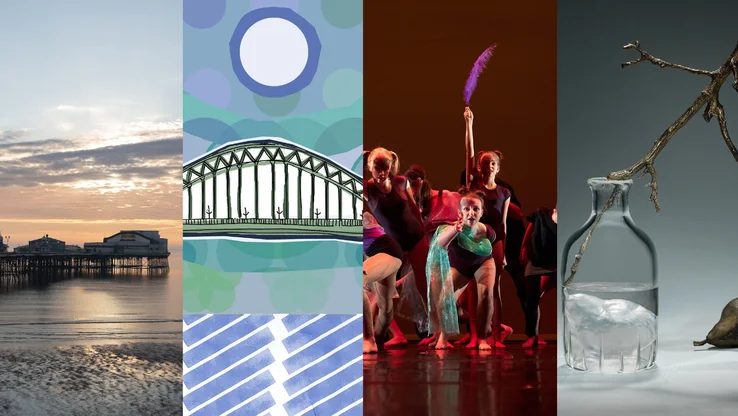Pride Month 2023: See more than 1,000 rare Ballroom photos for the first time
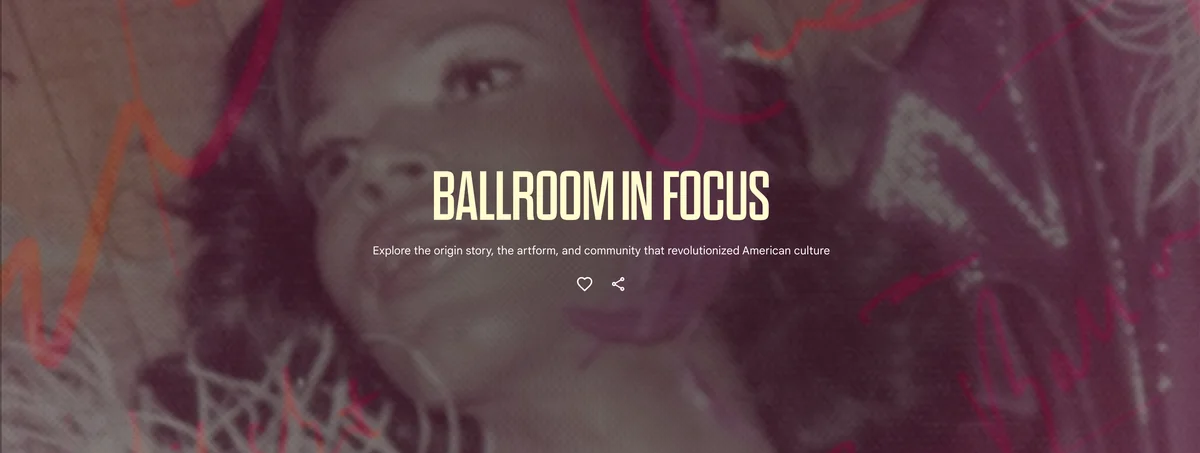
As a Trans Black man, I spent years searching for a space where I felt like I had value. In 1987, I finally found it in the Ballroom scene.
Ballroom has saved and continues to save countless lives of LGBTQ+ individuals of color, especially those of Transgender and gender non-conforming experiences. As a subculture that began out of resistance in the 20th century, Black and brown LGBTQ+ people began to come together for various competitions, showcases of art and performances. Each community member belongs to a house, which often serves as a home for those ostracized from their families and society overall.
The root of Ballroom is community. Finding Ballroom gave me an opportunity to find kinship, offered me the freedom to explore my identity and showed me what solidarity felt like, something I carried with me when I opened my LGBTQ+ center Destination Tomorrow.
As we continue to celebrate Pride, we must understand the roots and impact of this culture that cultivated a Black and brown queer renaissance, which is why I’m so proud to share Ballroom in Focus on Google Arts & Culture: the largest collection of Ballroom archival material in one place. The project brings together never-before-digitized images with over 25 curated stories, coming directly from Ballroom’s leaders and icons themselves.
Working with community members and their own photographic archives, Google Arts & Culture partnered with Destination Tomorrow and Ballroom expert Ceasar Williams to digitize over 1,000 images from the 1970’s to today. Preservation of these images and archives is essential to honoring the pioneers that have made Ballroom the cultural powerhouse it is today. Listening to Junior LaBeija share his memories, or exploring Luna Luis Ortiz’s personal collection of photographs, is a powerful reminder that Madonna’s Vogue or Beyoncé’s Renaissance didn’t just happen — they all came from Ballroom.
So enjoy diving into Ballroom culture, whether you’re exploring by era or by icon. To get you started, here are 5 of my favorite stories from the project:
1. What is Ballroom Culture? Let’s start from the beginning.

YMCA by Gerard H. Gaskins | Ballroom Throwbacks/Destination Tomorrow on Google Arts & Culture
Ballroom's origin story reaches back to the time of the Harlem Renaissance, but the Ballroom scene we know today really took off in the 1970s. Started as a movement of resistance against racism, Ballroom was a way of fighting for civil rights for the Black and Brown LGBTQ+ community in New York.
2. Meet the Founding Mothers. Mothers and the house system are an integral part of Ballroom.
Pioneer Icon Mother Crystal Labeija by Junior Labeija | Ballroom Throwbacks/Destination Tomorrow on Google Arts & Culture
The Founding Mothers of Ballroom: Crystal LeBejia, Pepper LeBejia, Paris Dupree, Avis Pendavis, Angie Xtravaganza, Dorian Corey + Duchess, were Black and Latina Trans women, who were critical to the establishment of Ballroom culture and house structures.
3. Willi Ninja was the godfather of Vogue and an inspiration.

Willi Ninja at Club Escuelita by Luna Luis Ortiz | Ballroom Throwbacks/Destination Tomorrow on Google Arts & Culture
We have Willi to thank for the way Ballroom has made its way into a larger cultural consciousness. His significant role in the 1990 documentary, Paris is Burning, showed him as a pioneer in choreography and dance technique. Paris is Burning assisted in lifting him to commercial success, with projects ranging from music videos, to film and TV.
4. Learn how the digitization came about. How did we start this project?

Lionel by Alvernian Prestige Du'Mure Versailles | Ballroom Throwbacks/Destination Tomorrow on Google Arts & Culture
The Ballroom community has come together to tell their own stories and to build the visual arc of their history that gives honor to the joy, pain, resilience, competitiveness and craftsmanship of Ballroom. This collection of archival material was made entirely possible by the Ballroom community. Taking from personal albums and boxes, they shared rare, never-before-seen images that were then scanned to make this digital archive.
5. Ballroom photographer Chantal Regnault has made some of the most iconic photographs of the ballroom scene.

Tracks New York May House of Xtravaganza Legendary Voguers by Chantal Regnault | Ballroom Throwbacks/Destination Tomorrow on Google Arts & Culture
Regnault's work focuses on the intersection of fashion, dance, and identity within the Ballroom community. She began photographing the Ballroom scene in the late 1980s, capturing iconic images of voguers, dancers, and the creative costumes and poses that define the culture.
Whether you’re already embedded in the Ballroom scene or just learning about it, I believe this project and its stories of community, creativity and justice will resonate with you. Discover the entire Ballroom project at goo.gle/ballroom, or check out more LGBTQ+ focused stories on Google Arts & Culture’s Pride hub.
For those in New York City, a selection of photos from the exhibit will be on display from June 22- 25 at a pop-up exhibit in Chelsea Market.
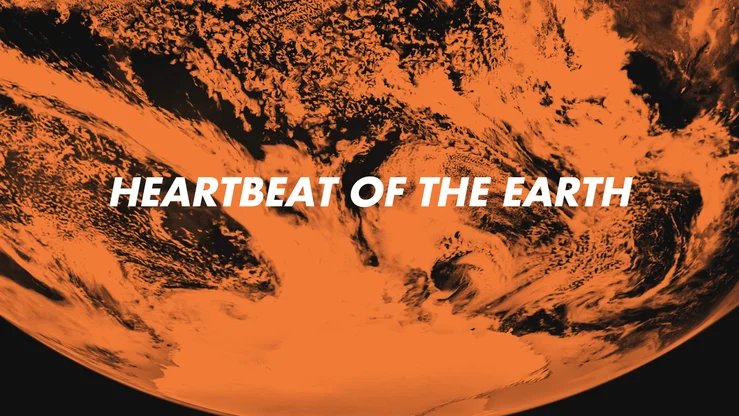
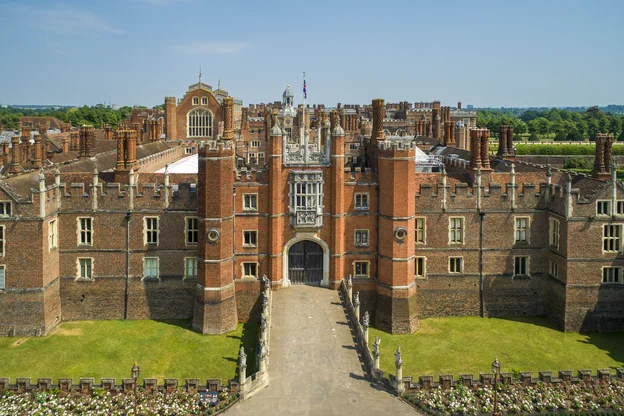
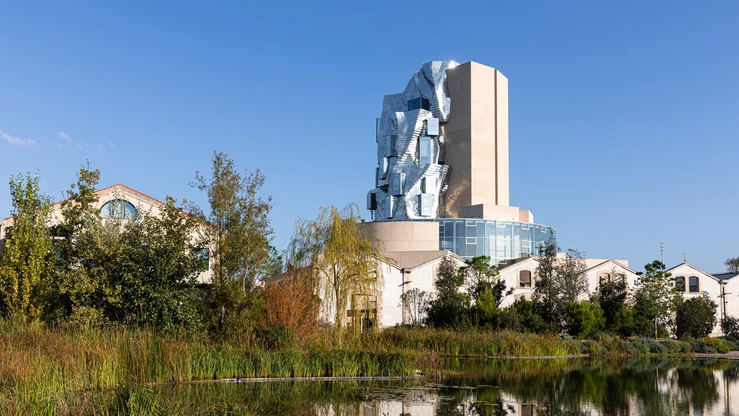
![[Hero Asset]Viola the Bird](https://storage.googleapis.com/gweb-uniblog-publish-prod/images/Hero_AssetViola_the_Bird.max-1200x416.format-webp.webp)
